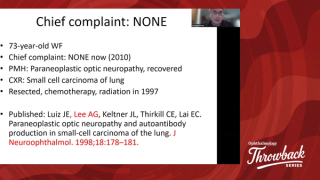
Technology
Latest News

Latest Videos

CME Content
More News

Topcon Healthcare enhances its AI capabilities by acquiring Toku, Inc., aiming to revolutionize eye care with advanced predictive health insights.

Automated standardized graphs facilitate refractive surgery outcome analysis.
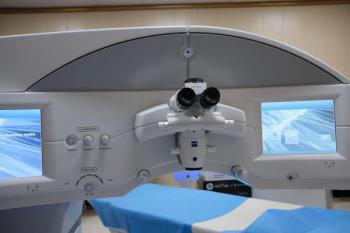
Faster cutting speeds and ergonomic design streamline workflows and enhance comfort.
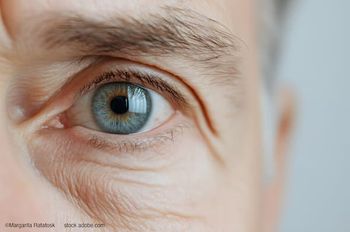
As a US clinical investigator, Wiley shares his insights on the FineVision HP trifocal lens, highlighting patient visual outcomes, satisfaction, and its impact on cataract surgery practice.
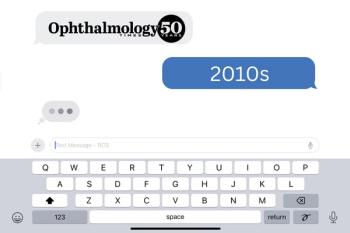
As ophthalmic technologies move at supersonic speed, AI and gene therapy take center stage.
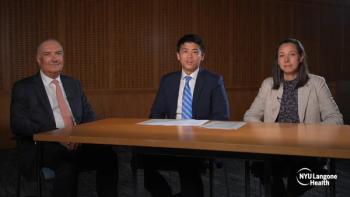
NYU Grossman School of Medicine’s Galen Hu, MD, and Andrea Blitzer, MD, sit down with Eduardo C. Alfonso, MD, of Bascom Palmer Eye Institute, to discuss how ophthalmologists are leveraging social media not just to promote practices, but to educate patients.

The approval of the third-generation trifocal intraocular lens broadens the range of advanced lens options available for patients in the US.

The Polaris platform is the world’s first AI-supported and robotics-enabled surgical system developed specifically for ophthalmology, according to the company.

Singh highlights how understanding the “why” behind diagnostics and procedures boosts technician confidence, fosters pride, and strengthens their role in patient care.
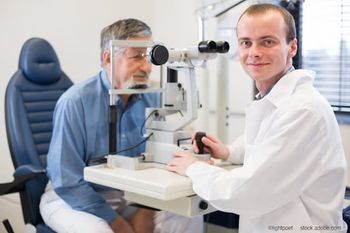
The video-driven platform equips ophthalmic practices with tools to standardize education, improve workflow, and foster technician engagement.

By letting patients “see” their options before surgery, virtual reality may eliminate confusion, boost confidence, and strengthen surgeon–patient trust.

Optain Health secures $26 million in Series A funding to enhance AI-driven retinal disease detection and expand its technology.

Immersive VR simulation helps patients better understand intraocular lens options.
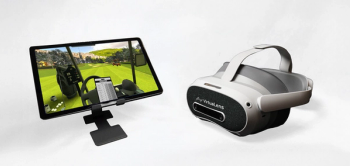
The virtual reality technology lets patients with cataract experience lens options in real-life scenarios, while a new strategic partnership aims to expand VR adoption.

OpZira’s product portfolio includes AdaptDx Pro and the NOVA Vision Testing System.
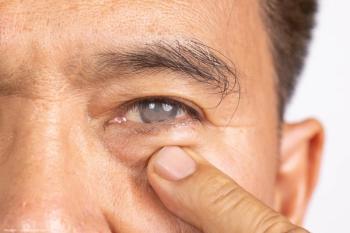
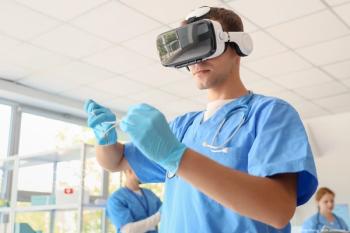
Virtual reality and artificial intelligence are reshaping medical education.

The goal is to provide an end-to-end operating system that unifies clinical, operational, and financial workflows.
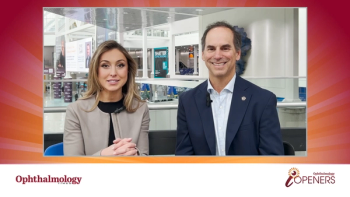
In episode 1, Bill Trattler, MD, shares practical advice on documentation, patient communication, keratoconus management, and advanced lens technology.

Marguerite B. McDonald, MD, FACS, shares a front-row view of ophthalmology’s “revolution with a capital R."

The ADAPT study will evaluate the safety and effectiveness of the Calibreye surgical system in up to 70 patients with refractory glaucoma.

Current applications and future outlook on integrating robotic technology in the operating room.

Real-time data analysis and intelligent automation help streamline key steps.

Robotic laser arcuate incisions reduce variability and residual astigmatism.

Optomed Lumo launches a versatile handheld fundus camera, enhancing retinal imaging accessibility in diverse healthcare settings across the US.



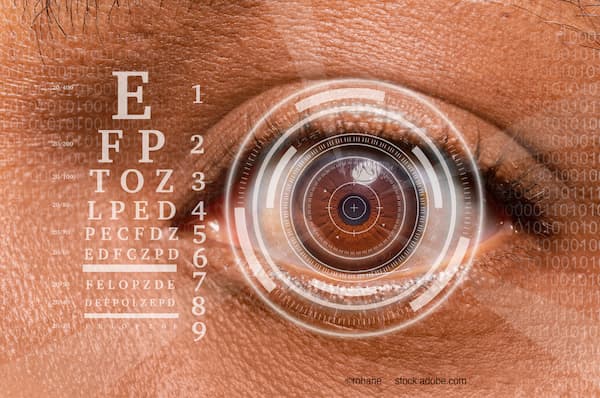



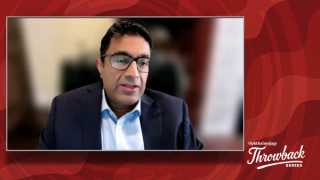


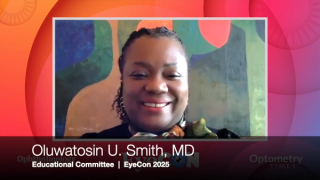
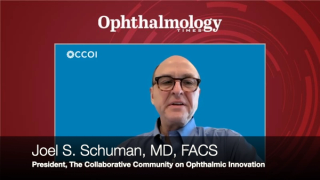















































.png)


